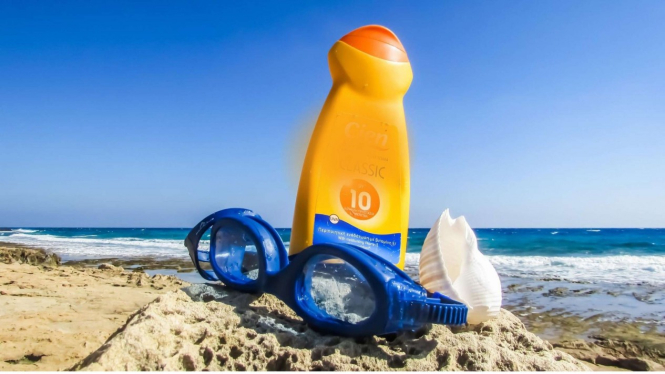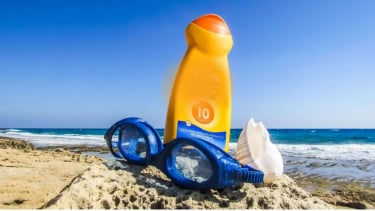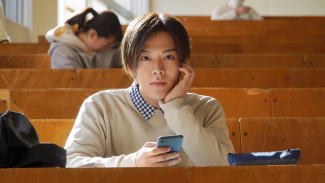- Pixabay
VIVA – When people are at the beach or sea doing the snorkeling and swimming during vacation, they usually use sunscreen for their skin safety. But, it turns out that their sunscreen might also be dangerous to the coral reef and marine life.
As reported from Medical News Today, in a new study found that when coral reefs are exposed to oxybenzone, the active ingredient contained in sunscreens, it can make corals more vulnerable to rising sea temperatures. The study has been published in science.
However, coral experts question whether the new findings involving exposure of corals and anemones to oxybenzone in the laboratory accurately reflect real-world conditions.
In recent decades, rise of the sea temperatures have increased the frequency of mass coral bleaching. The bleaching occurs when coral polyps shed the algae they rely on for survival.
Corals and algae work together or what biologists call a "symbiotic" relationship.
"These microscopic symbiotic algae will give corals their color and most importantly, much-needed nutrients," said Dr. Victor Huertas, research associate at the ARC Center of Excellence for Coral Reef Studies, part of James Cook University in Townsville, Australia.
"When algal symbionts are expelled by corals, the colonies appear bright white because the coral tissue, which is transparent, now shows the calcified skeleton that supports it," said Dr. Huertas, who was not involved in the new study.
The Prohibition to Use Oxybenzone Sunscreen
Wanita menggunakan tabir surya.
- U-Report
The sale of sunscreens containing oxybenzone has indeed been banned in popular ecotourism destinations such as Hawaii and Key West, FL in the United States. The ban draws on previous research involving the chemical in coral bleaching, though scientists are unsure about the possible mechanism.
In a new study, scientists at Stanford University in Stanford, CA, found that oxybenzone was converted from a UV inhibitor to a "phototoxin" in the cells of anemones and corals. Phototoxin is a chemical that becomes toxic when exposed to sunlight.
Their experiments also showed that algae living on corals provided protection against toxins. This may indicate that bleached corals will be more susceptible to chemicals. Researchers said that in a warmer climate, sunscreens containing oxybenzone may accelerate coral reef damage and hinder its recovery.
"Oxybenzone sunscreen was found to be more toxic to bleaching anemones. This could indicate that it is also more toxic to bleached corals, and that it would actually exacerbate this negative warming effect in areas where humans live around them," said the first author and Ph.D. candidate Djordje Vuckovic to the Science podcast.
Vuckovic Djorje and his colleagues hope that their research will help guide the development of UV inhibitors that are less likely to convert to phototoxins.
Alternative to Using Oxybenzone Sunscreen
Until now, it is known that there is no sunscreen that has been studied methodically with standardization that determines whether it is safe for coral reefs or not.
To fight this, experts recommend using mineral-based sunscreens as an alternative to sunscreens that contain oxybenzone or a similar chemical called octinoxate. However, it was emphasized that scientists have not proven other ingredients, such as preservatives and emulsifiers, are safe for coral reefs.
Another alternative that can be done so as not to use sunscreen is to wear UV bathing suits to keep the body protected from the sun. It is known to prove effective while diving.





















